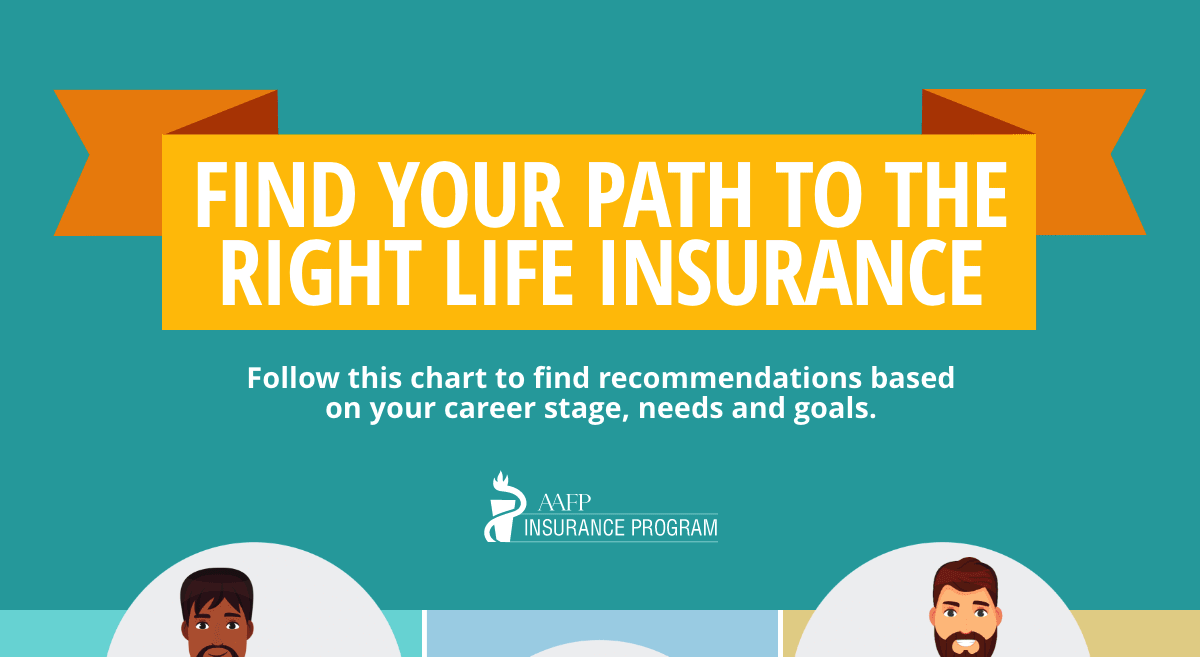Most recently, with physicians spending more time in front of screens thanks to medical-related apps and EHR adoption, it only makes sense that they try to communicate with patients on these different devices. What’s more, is that patients are open to increased digital communications with their healthcare providers. With that in mind, here’s a look at where the future of telemedicine is headed.
Physician mobile device use
Mobile devices have steadily been making their way into doctors’ offices for quite some time. Their continued growth can be attributed to their ability to help physicians multi-task throughout the day, freeing up time to treat more patients. Mobile devices also help physician practices save time, increase productivity and improve overall workflow.
This year, it is forecasted that four out of five physicians will own a tablet. These devices often double as educational tools for patients, allowing physicians to present helpful images and graphs to aid in a patient’s understanding of their health.
As physician practices struggle with increased patient loads and time management, mobile technologies play a vital role in improving practice productivity and patient care.
In addition, many physicians use their smartphone for what’s known as ‘short burst’ activities, or ‘two-click’ activities instead of long-form type research. In fact, smartphones are more physician-facing than their tablet counterparts. Anything that involves inputting a lot of data or information that can be shared with a patient has generally been reserved for desktop and laptop use.
Patients know what they want
With the healthcare industry lagging behind, patients are eager to use various digital communications to reach their physicians. In a study published in the Journal of General Internal Medicine, 37% of patients surveyed contacted their doctor via email in the past six months, and 18% sought medical help via Facebook.
While messaging one’s doctor via social media remains a risky practice due to privacy concerns, 57% of those surveyed said that they were very interested in using Facebook, in addition to email, to communicate with their physicians and manage their healthcare needs.
Another survey revealed that patients are expressing interest in using telemedicine services. 75% of patients surveyed were at least “moderately interested” in a virtual visit for a minor health condition, with 18% reporting that they had participated in a telemedical visit within the past year. In addition, another six percent claimed to have used telemedicine more than 12 months ago. The researchers concluded that increased adoption of telemedicine could lessen the burden on emergency medical resources.
Benefits of telemedicine
The benefits of telemedicine have been cited time and time again. For patients it’s all about:
- High quality care
- No need to travel
- Comfort of their own home
- Ease of access
- Shorter wait times
- No more waiting rooms
For hospitals, healthcare systems and medical practices, expanding into the telemedicine space is a way to cut costs while providing patients with the added conveniences listed above. And with faster Internet connections and improved software on the horizon, this digital health trend will facilitate far smoother videoconferencing.
This is the logical next step in healthcare considering that in recent years patients have been looking to their local pharmacies for routine healthcare services instead of going to their doctors or the emergency room simply because it was more convenient. This is especially true for those with chronic health conditions, the elderly and younger, more tech-savvy patients who are already hesitant about going to the doctor. For them, a telemedicine solution may be exactly what they’re looking for.
Challenges adopting telemedicine
While telemedicine is an exciting new venture in the healthcare industry, it’s not without its challenges. For instance, increased access to a healthcare provider may lead to overuse, an issue that could potentially overwhelm an exhausted healthcare system.
Also, there’s the fact that old habits die hard and while virtual doctor appointments may be the wave of the future, doctors and patients alike may have trouble leaving face-to-face interactions in the past.
The main concern patients have about telemedical services is the lack of in-person interaction. For them, the virtual doctor “visit” feels less personal. Some older patients may find it difficult or uncomfortable making video calls, and for those households who do not have an Internet connection, their only option is to physically visit a doctor. In addition, telemedicine visits remove the ability to read certain cues or body language that may be crucial in a diagnosis.
But regardless of these hurdles, it’s clear that telemedicine is here to stay and will only grow in popularity as technology becomes more advanced and as our society becomes more accustomed to these technologies.
Tell us: What are your thoughts on the future of telemedicine? Do you already have this as part of your practice?
Photo Credit: Shutterstock




